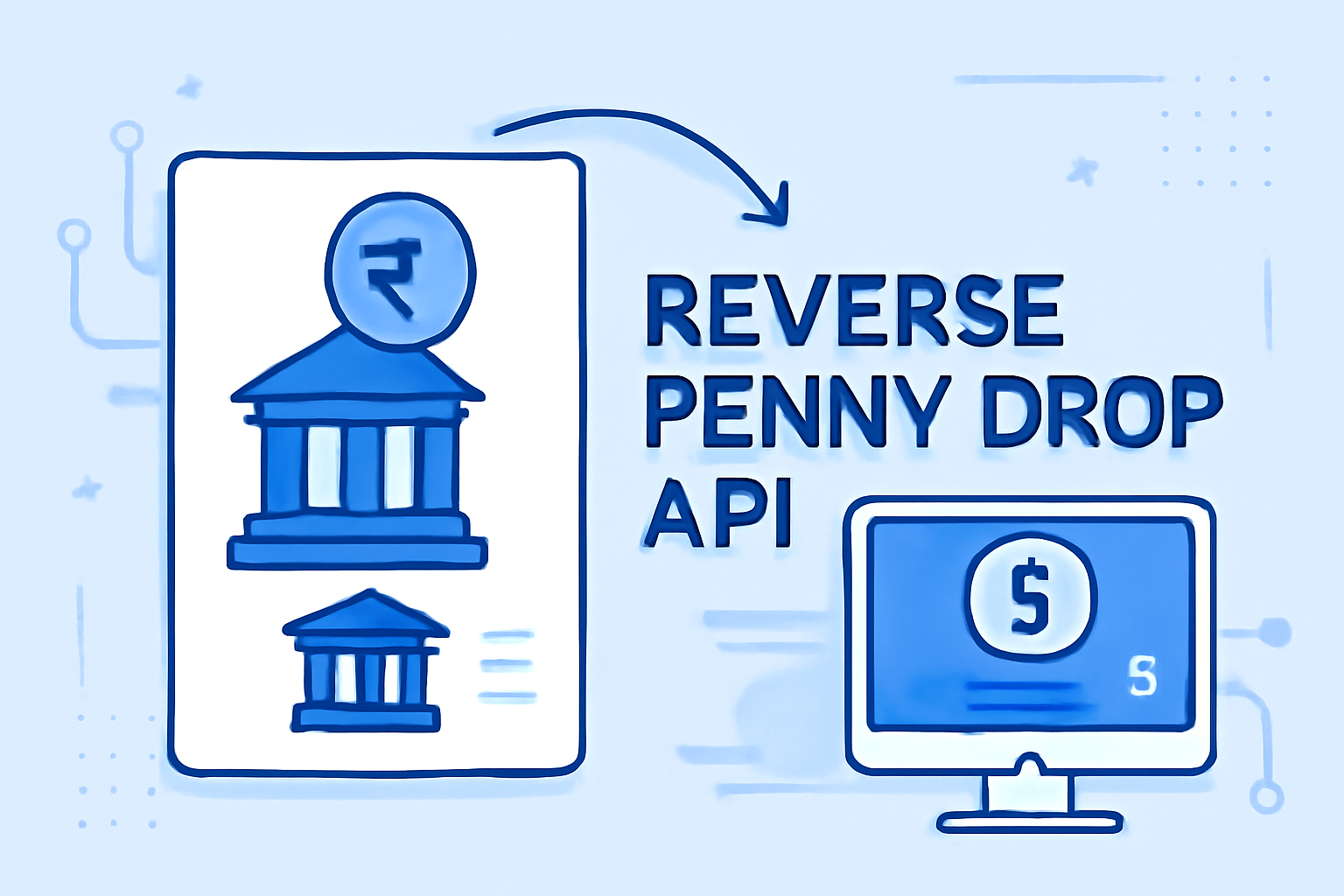Feel free to reach techsupport@surepass.io for any technical support or guidance.
Reverse Penny Drop

Reverse Penny Drop API Category
Overview
Category Details
Child Categories: None
APIs in this category: Initialize, Status
Key Capabilities
Main Functionality
The Reverse Penny Drop APIs enable secure bank account and UPI ID verification through small test deposits, providing a reliable method to confirm account ownership and validity before establishing financial connections or processing larger transactions.Account Verification
Validate the existence and ownership of bank accounts or UPI IDs by initiating small deposits and confirming their receipt, ensuring the account is active and belongs to the intended user.
Transaction Status Tracking
Monitor the status of verification transactions in real-time, providing visibility into whether deposits have been successfully processed, are pending, or have failed.
Fraud Prevention
Mitigate financial fraud by confirming account authenticity before processing larger transactions or establishing recurring payment arrangements, protecting both businesses and customers.
Common Use Cases
Financial Services
E-commerce
Fintech
Integration Considerations
Best Practices
Important Limitations